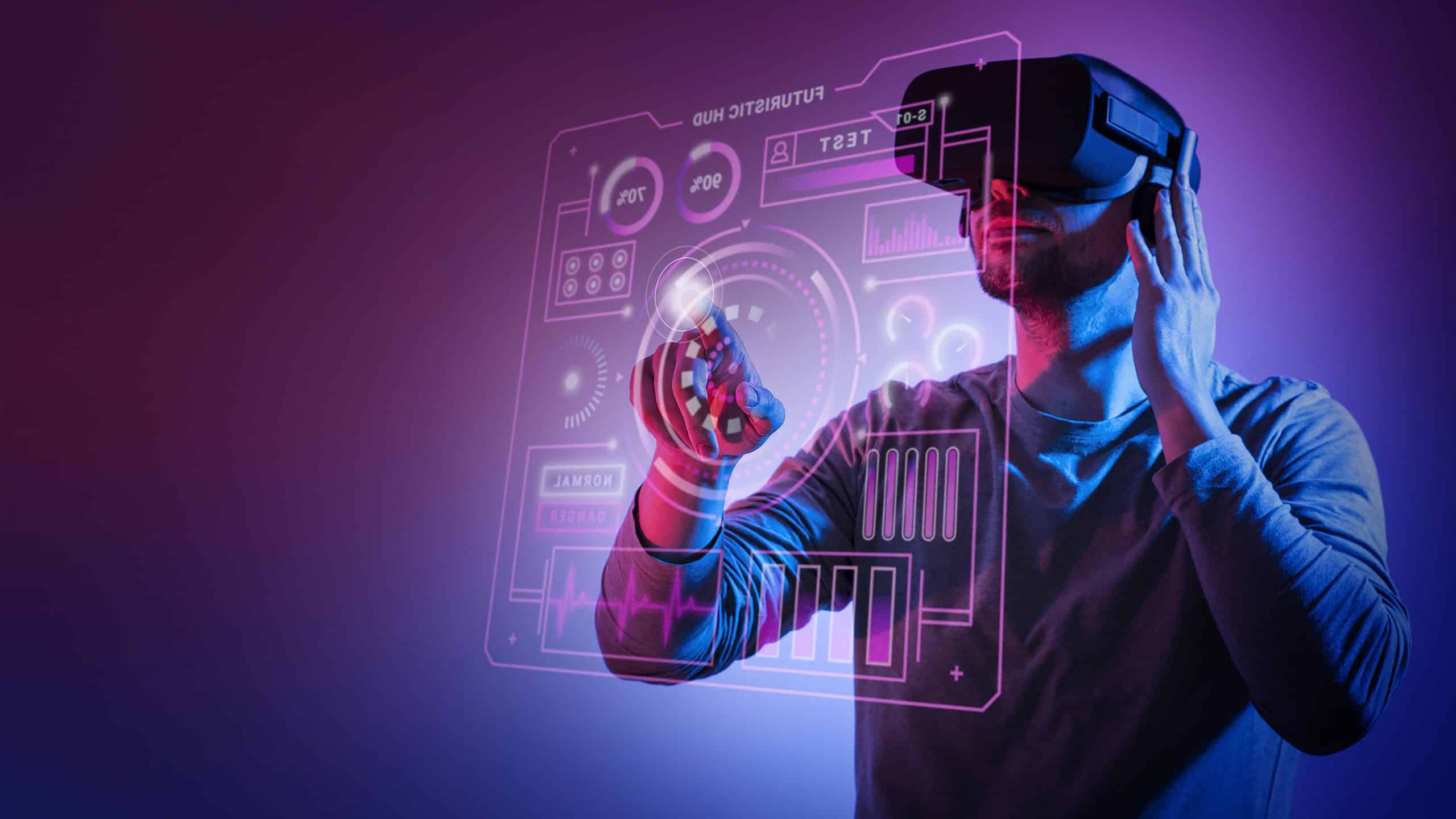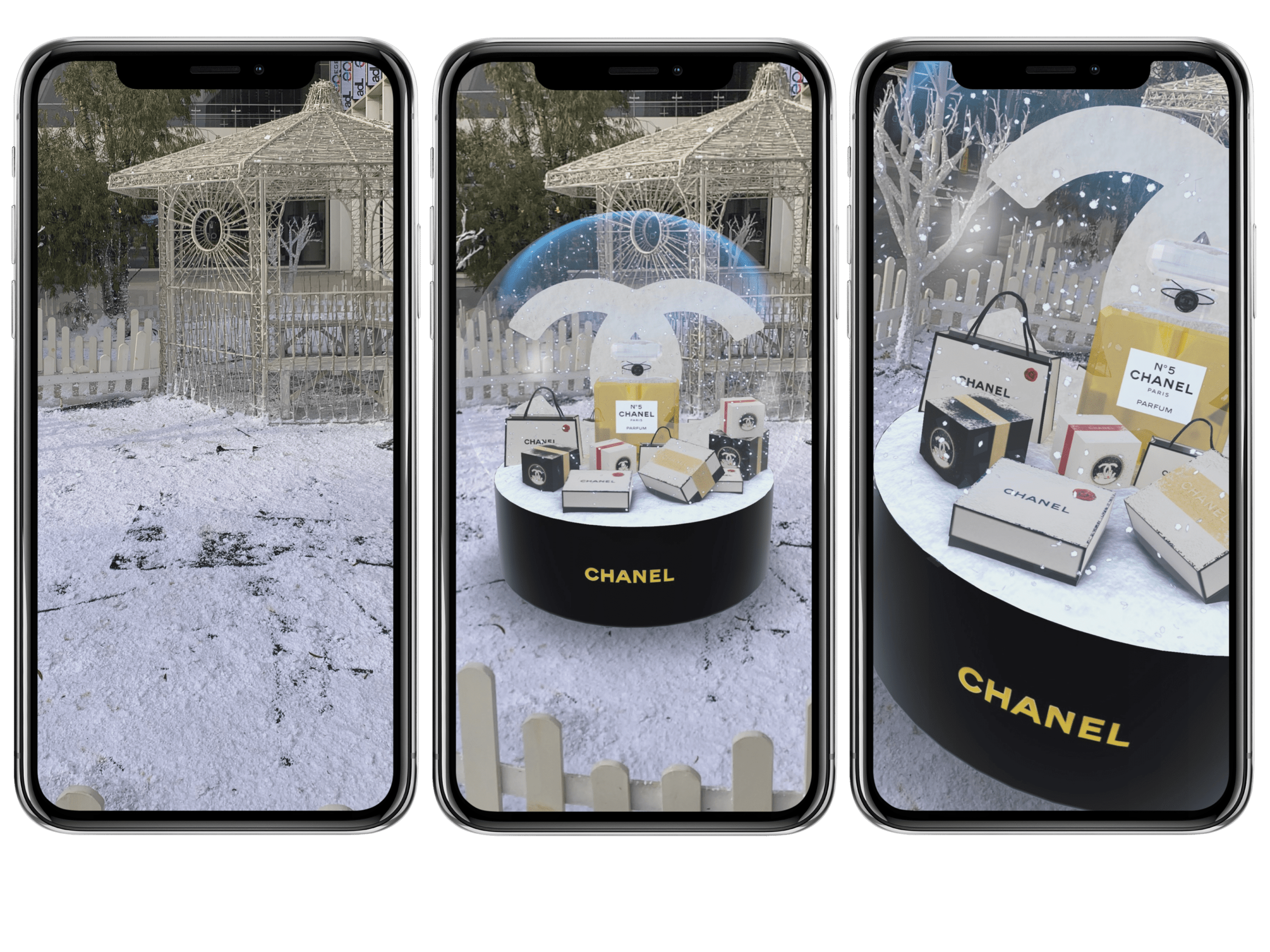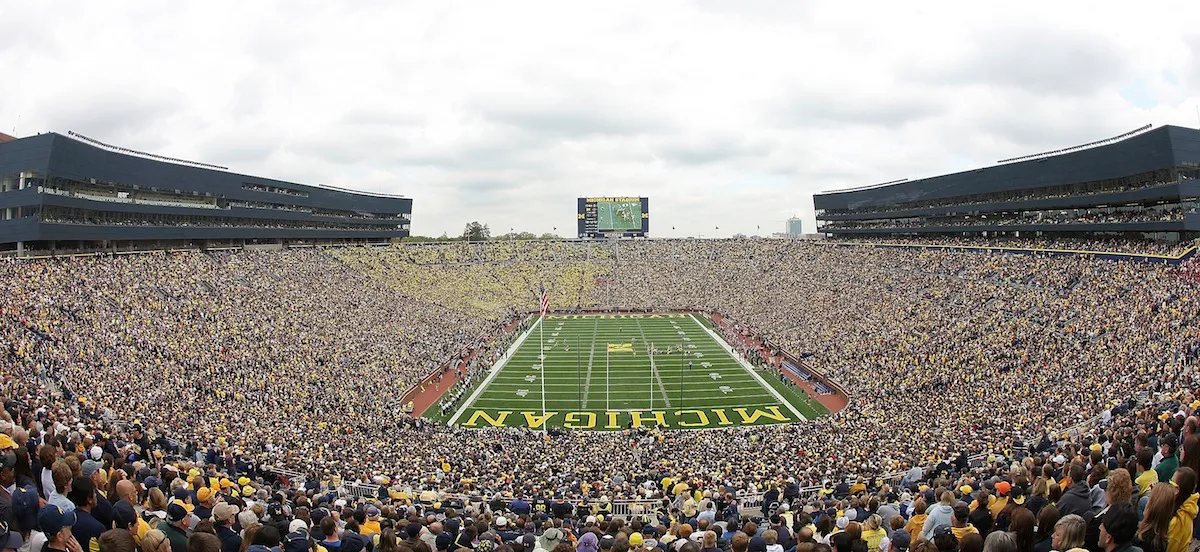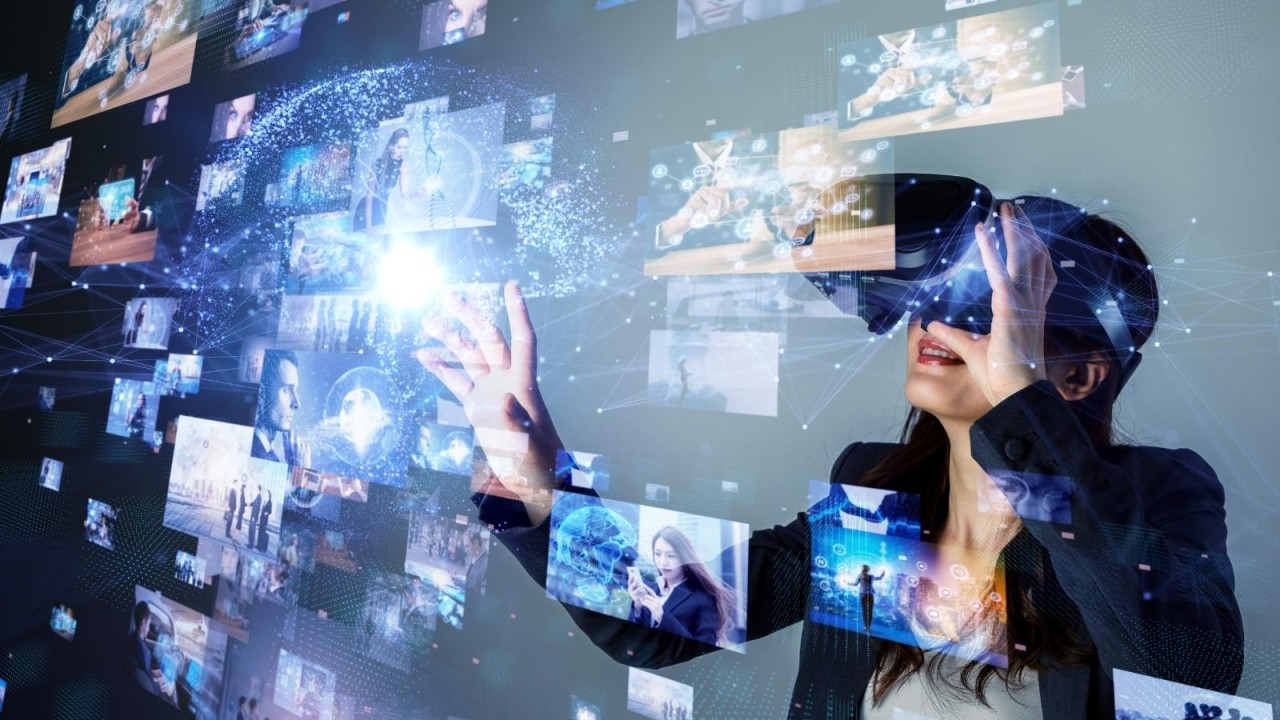As technology continues to evolve, brands must go beyond traditional advertising methods to engage consumers. While digital marketing remains a dominant force in reaching audiences online, emerging technologies such as Augmented Reality (AR), Virtual Reality (VR), and Mixed Reality (MR) are revolutionizing how brands connect with their audiences through experiential marketing.
These immersive technologies enable brands to create interactive experiences that captivate consumers, enhance storytelling, and drive deeper engagement. But how exactly can AR, VR, and MR improve digital marketing, and how can brands leverage these tools for greater impact?
In this article, we’ll explore how AR, VR, and MR enhance experiential marketing, their impact on digital marketing, and how Towerhouse Global can help brands integrate these cutting-edge technologies into their marketing strategies for maximum engagement.
1. Understanding AR, VR, and MR in Marketing
What is Augmented Reality (AR)?
📌Definition:
- AR overlays digital elements onto the real world through a smartphone, tablet, or AR glasses.
- AR enhances the real-world environment rather than replacing it.
📌Example:
- IKEA Place App – Allows users to place virtual furniture in their real homes using AR technology before making a purchase.
✔How AR Helps Digital Marketing & Experiential Marketing:
✅Makes product experiences more interactive and engaging.
✅Allows consumers to visualize products in real-time before buying.
✅Encourages social sharing and user-generated content.
What is Virtual Reality (VR)?
📌Definition:
- VR immerses users in a fully digital, computer-generated environment using a VR headset.
- Users can interact within this environment, making it ideal for brand storytelling and experiential marketing.
📌Example:
- Nike’s VR Sneaker Try-On Experience – Allows customers to virtually wear and test sneakers in a digital world before purchasing.
✔How VR Helps Digital Marketing & Experiential Marketing:
✅Creates fully immersive brand experiences.
✅Enhances product demos and virtual store visits.
✅Encourages emotional connections through interactive storytelling.
What is Mixed Reality (MR)?
📌Definition:
- MR blends AR and VR technologies, allowing users to interact with both real and virtual elements in real-time.
- MR provides a hybrid digital-physical experience.
📌Example:
- Microsoft HoloLens Mixed Reality Experiences – Allows brands to create interactive holographic experiences for training, shopping, and product testing.
✔How MR Helps Digital Marketing & Experiential Marketing:
✅Enhances hands-on product engagement.
✅Bridges the gap between physical and digital brand experiences.
✅Allows for more realistic training and brand interaction experiences.
How Towerhouse Global Can Help:
We develop custom AR, VR, and MR brand activations that create high-impact experiential marketing campaigns, blending digital marketing with immersive technology.
2. How AR, VR, and MR Are Transforming Digital Marketing
- Enhancing Product Visualization
One of the biggest challenges in digital marketing is allowing consumers to experience products before purchasing. AR, VR, and MR solve this problem by providing immersive, interactive product experiences.
📌Example:
- Sephora’s AR Virtual Try-On App – Enables users to try on makeup virtually using AR technology before purchasing online.
✔Why This Works:
✅Increases purchase confidence.
✅Reduces product return rates.
✅Creates an engaging, interactive shopping experience.
- Improving Online Shopping & E-Commerce
Brands are integrating AR and VR into their online shopping experiences to bridge the gap between digital browsing and in-person shopping.
📌Example:
- Amazon’s AR View Feature – Allows shoppers to visualize how products look in their homes before purchasing.
✔Why This Works:
✅Increases conversions and sales.
✅Provides an engaging shopping experience.
✅Enhances customer trust in online purchases.
- Creating Interactive & Immersive Advertisements
📌What It Is:
AR and VR allow brands to create immersive advertisements that engage consumers far beyond traditional banner or video ads.
📌Example:
- Pepsi’s AR Bus Stop Campaign – Transformed a London bus stop into an AR-powered digital window where consumers saw surreal, interactive brand experiences.
✔Why This Works:
✅Increases ad engagement and retention rates.
✅Encourages social sharing and word-of-mouth marketing.
✅Provides a memorable and unique brand experience.
- Revolutionizing Live Events & Experiential Marketing
📌What It Is:
Brands are using AR, VR, and MR to enhance live events, brand activations, and product launches.
📌Example:
- Coca-Cola’s VR Polar Bear Experience – A holiday-themed VR activation that allowed consumers to interact with Coca-Cola’s iconic polar bear in a digital winter wonderland.
✔Why This Works:
✅Turns brand activations into immersive experiences.
✅Encourages attendees to share their experience online.
✅Creates a strong emotional connection between the brand and consumers.
- Enhancing Training & Customer Education
📌What It Is:
Brands are using VR and MR to educate employees and customers through hands-on, interactive training experiences.
📌Example:
- Walmart’s VR Training Program – Uses VR to train employees in real-world scenarios, helping them improve customer service and operational efficiency.
✔Why This Works:
✅Engages customers in an educational, memorable way.
✅Helps brands showcase complex products and services more effectively.
✅Makes brand training more interactive and effective.
3. The Future of AR, VR, and MR in Experiential Marketing
What’s Next for AR, VR, and MR in Marketing?
✔AI-Powered Personalized AR & VR Experiences.
✔Virtual Storefronts and Digital Shopping Malls.
✔Holographic Ads and 3D Interactive Brand Experiences.
✔Hybrid AR/VR Events for Global Audiences.
📌Example:
- Nike’s Future of Shopping Experience – Nike is investing in virtual stores where consumers can try on, customize, and purchase sneakers in a fully digital environment using VR technology.
✔Why This Works:
✅Blends entertainment with commerce.
✅Encourages consumers to engage with the brand beyond online ads.
✅Makes shopping more interactive and personalized.
How Towerhouse Global Can Help:
We stay ahead of industry trends, helping brands innovate and implement AR, VR, and MR experiences into their marketing strategies.
Final Thoughts: Why Brands Should Invest in AR, VR, and MR for Digital Marketing
AR, VR, and MR are transforming how brands interact with consumers, making digital marketing more immersive, engaging, and experiential.
✔They create stronger brand recall and emotional connections.
✔They enhance shopping experiences and increase conversions.
✔They amplify brand activations, events, and interactive storytelling.
At Towerhouse Global, we specialize in:
✅Custom AR, VR, and MR brand activations.
✅Experiential marketing strategies that blend immersive tech with live events.
✅Innovative digital marketing campaigns powered by interactive experiences.
📩Contact Towerhouse Global today to integrate cutting-edge AR, VR, and MR experiences into your marketing strategy and revolutionize consumer engagement! 🚀




